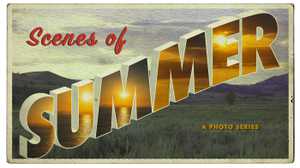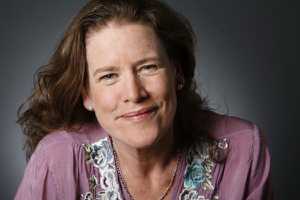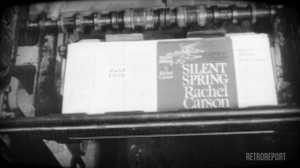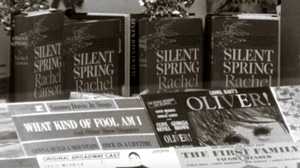When the “Summer of Love” Took over San Francisco
Looking back on the counterculture moment that briefly went mainstream.

The seeds of San Francisco’s “Summer of Love” were planted the previous winter. On January 14, 1967, more than 20,000 people gathered in Golden Gate Park for the “Human Be-In,” an event organized by a coalition of local artists and activists. Counterculture celebrities Allen Ginsberg and Timothy Leary addressed the crowd, with the latter exhorting the participants to “turn on, tune in, drop out.” Attendees swayed to performances by the Grateful Dead, Janis Joplin and Jefferson Airplane.
The “Be-In” attracted widespread media coverage, and thousands of young people flooded into the city over the next months. In February, a Newsweek article called the scene “a psychedelic picnic” that hoped to transform the world “by means of a vague regimen of all-embracing love.” New arrivals met a heady admixture of utopian philosophy, sexual revolution and abundant drugs. That April, a site-seeing company began running “Hippie Hop” buses down Haight Street, calling the route “the only foreign tour in the domestic United States.”
At dawn on June 21, another enormous crowd gathered to usher in the official start to the season with a summer solstice celebration at Golden Gate Park. But even as the “Summer of Love” formally commenced, the scene had already started to spoil. By July, San Francisco was overwhelmed with the new influx of visitors, including a burgeoning population of teenage runaways. And the district’s latest occupants brought a harder edge. TIME noted that “[m]ost of them—perhaps 80%—are steadily high on drugs ranging from LSD to such synthetic stimulants as Methedrine, Dexedrine and Benzedrine, which are known collectively as ‘speed.’” The siren song that took over top-40 radio that summer, Scott McKenzie’s “San Francisco (Be Sure to Wear Flowers in Your Hair),” proved to be a death knell, and by the fall, many of the summertime pilgrims returned home. On October 6, members of the district’s remaining counterculture community, tired of the commercialization and publicity of their alternative lifestyle, marched along Haight Street for a “death of hippie” funeral service. Written on the side of their faux coffin was the phrase “Hippie, Son of Media.”

A new AMERICAN EXPERIENCE collection of images celebrating summer in America throughout the 20th century, from historical firsts like the original drive-in movie theater to iconic events like the 1977 New York City blackout.









